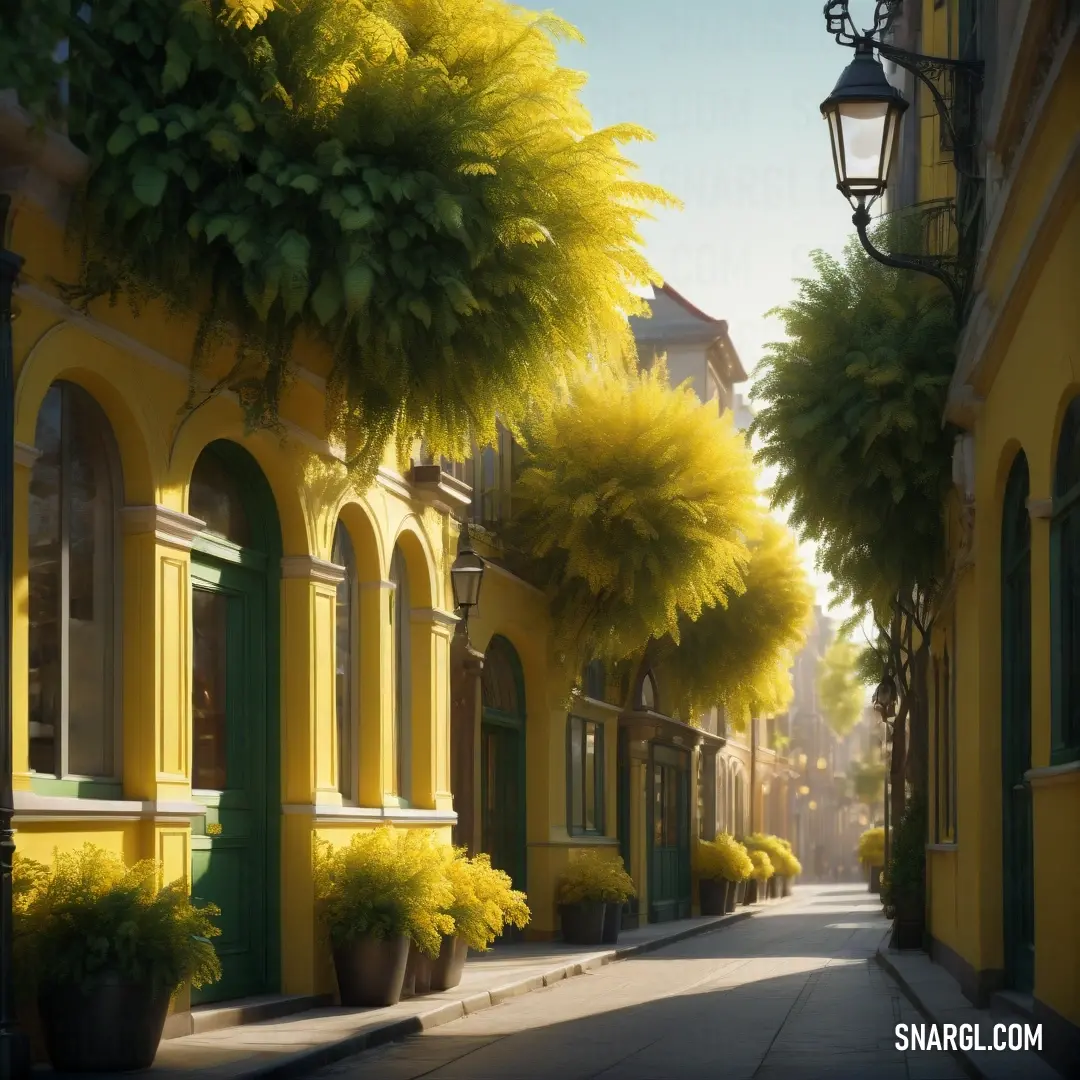PANTONE 613
Closest colors:
in RAL Design:
RAL 090 70 80 2023-06-09 Snargl 1 minute 10 seconds
What color is PANTONE 613?
PANTONE 613 is a
pastel yellow color with a warm hue.
It has the following color values in different color spaces:
HEX: #BCA705
RGB: 188, 167, 5
CMYK: 8, 11, 100, 28
HSL: 53°, 97%, 74%
PANTONE 613 can be used for various purposes, such as graphic design, fashion, home decor, and more.
It is a bright and cheerful color that can evoke feelings of optimism, happiness, and energy.
Example of the palette with the PANTONE 613 color
Top 5 color shades of the illustration. Arranged in descending order of frequency of occurrence (first - more often, last - more rare).
See these colors in NCS, PANTONE, RAL palettes...
NCS (Natural Color System) Author:
Natasha.
AI Artist, Snargl Content MakerContinue browsing posts in category "PANTONE"
You may find these posts interesting:

